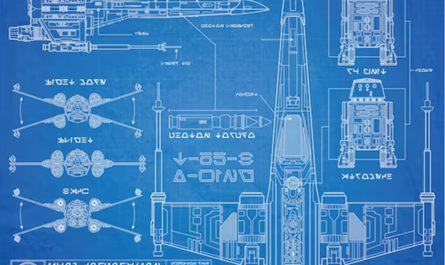In a previous article, I talked about the action advantage i.e. the importance of generating more actions than your opponent in order to increase your chances of winning the game. At the end of the article, I told you that quantity is not always the solution to your problems and that sometimes quality takes precedence over quantity. Behind this notion lies the tactical concept of virtual action advantage, or in other words, the process by which you generate better quality actions than your opponent. How does that work? That’s what I explain in this article.
What is virtual action advantage?
Virtual action advantage (VAA) is a process by which a player yields a better outcome of his actions compared to his opponent. It’s called a virtual advantage because as a matter of fact the player won’t get more actions than his opponent. However, the advantage exists because the player’s actions will be better optimised (or less wasted) than the ones of its opponent. By doing this, you inevitably generate value.
The different forms of virtual action advantage
Virtual action advantage can take several forms:
- Either by virtually preventing an opponent from taking certain actions;
- By transferring an action to an friendly unit;
- By increasing the performance of your actions, in particular by increasing your chances of success;
- or by managing the timing of your activations, so that you can take the necessary actions when you need them.
Virtually preventing an opponent from taking certain actions
Some units exert so much influence on the battlefield that they constitute a strategy in themselves. Darth Vader is an excellent example. Because of the threat he represents in close combat, Darth Vader forces his opponent to reconsider his plans during the game. The Sith’s zone of action, i.e. the area within range of his attacks, becomes virtually inaccessible to the ennemy troopers, at the risk of being decimated. As your opponent can no longer move within this zone, Darth Vader reduces his opponent’s range of actions. In this way, Darth Vader allows you to generate virtual action advantage: no player loses or gains actions, but you have virtually taken away move actions from your opponent.
Note that the Deflect keyword plays a similar role. It discourages the enemy from attacking the Jedi/Sith at the risk of losing one or more life points.
Another illustration is Han Solo’s command card Change of Plans. It forces the opponent to choose another command card for the turn. Once again neither player loses any actions but the opponent is forced to revise his strategy for the turn, reducing the scope of his possibilities and breaking his tempo.
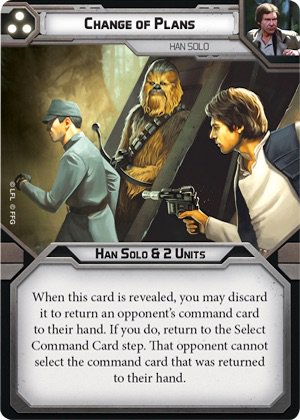
Transferring an action to an friendly unit
It is tactically more interesting to have one unit with three actions on one side and a second with a single action, than two units with two actions each. The two combinations are limited to a total of 4 actions, but the first unit can take actions that the other cannot. How often during a game do you find yourself in a situation where you’d like to have 3 actions in order to complete the sequence: move-aim-shoot or move-shoot-move? Three or more actions will ensure an activation of quality.
We tend to forget this but actions are transferable. It is in fact possible to sacrifice the action one unit to ‘give’ it to another unit with the idea in mind that the latter one will make better use of it. There are two advantages of such a process:
- to save an action that would normally be wasted
- to allow a unit to take virtually 3 actions during its activation.
Let’s take the example of the Spotter 1 keyword, which allows you to give an Aim token to a friendly unit at range 1. In other words, this is equivalent to stipulating that unit A performs an Aim action for unit B. Or alternatively, that the unit receiving the token performs a free Aim action.
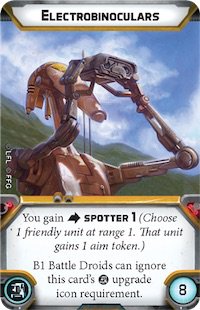
This is particularly effective when the unit giving the green token is unable to make a profit from its activation. It could, for example have no line of sight on an enemy unit to attack it. Instead of wasting an activation, this action transfer maneuver allows you to distribute your actions differently. A bit like communicating vessels. You go from 2 actions for units A and B, to 1 action for unit A and 3 actions for unit B (the 3rd in the form of a free target action).
Some units use this as their spearhead. By their very nature they have a support role. I’m thinking of the rebel agent K2-SO and his keword Calculate Odds. Through this action, the droid can provide 1 Aim, 1 Dodge and 1 Suppression token to a friendly unit at range 1-2. Through this maneuver, K2-SO generates some action advantage and, depending on the situation, virtual activation advantage too.

Increase the performance of your actions
These are game effects that modify the attack, defense or movement characteristics of your units. The most obvious examples are the Targeting Scopes and Situational Awareness upgrade cards, which improve your chances of success when attacking or defending, provided you have the right token.
The Burst of Speed upgrade card increases a unit’s maximum speed. In return, it must come to a standstill the next time it is activated. The tactic implied by this card is of course to neglect this cost by putting the Jedi/Sith in a situation that requires no movement (e.g. close combat). Even if you don’t manage to do this, the benefit is well worth the cost. Especially when Burst of Speed is used on slow units such as Yoda, Palpatine or Vader to accentuate the bonus.
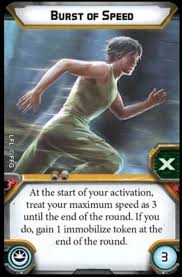
Managing the timing of your activations
If you’ve ever played the board game Colt Express, you’ll know the extent to which the order in which actions are undertaken determines the course of events. In Star Wars Legion, players use order tokens to partially define the timing of events. Being able to decide when a unit activates is essential. It allows players to seize the opportunities and make the most out of their activations. If you lose a unit before it had a chance to activate, you have wasted an activation. Same goes for a unit that lost a great line of sight on an ennemy unit just because you couldn’t pull its order token of the bag. Managing the chronology of your activations therefore ensures you some quality activations and are therefore a source of virtual action advantage.
There are two strategies open to you:
- either you try to mess up your opponent’s activations. You could use cards such as Comms Jammer, Change of Plans or Delaying Tactics to disrupt your opponent’s order management.
- or you can try to order your own activations. Equipment cards such as HQ UpLink, Seize the Opportunity, or to a lesser extent Improvised Orders and Hacked Comms Unit helps with activation control. These cards are key to achieve perfect activation, i.e. when you control the entire chronology of your activations.
Conclusion
Since virtual action advantage can take many forms, identifying the mechanics that produce it requires in-depth knowledge of the game. A careful study of those mechanics is advised. Generally subtle and discreet, VAA is an insidious tactic. Your opponent think you are both subject to the same hazards, but doesn’t realize that you are manipulating the probabilities and the state of the game to gain the upper hand. When properly executed, virtual action advantage is more powerful than action advantage. I therefore encourage experienced players to try out this tactic, as their playing experience will enable them to think of moves that a novice cannot.
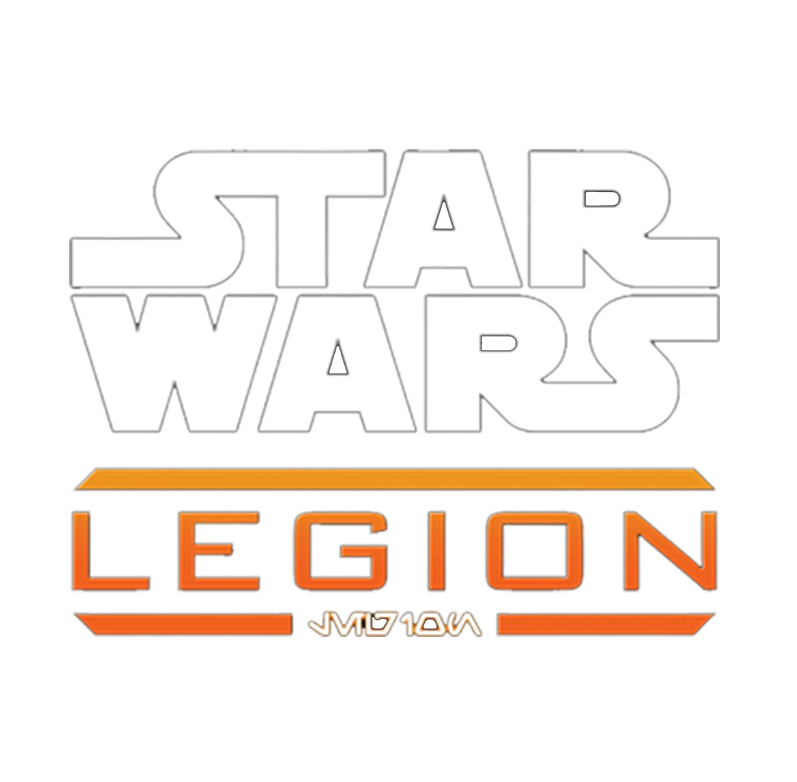
Find Star Wars: Legion players
Join your country’s SWL Discord community and connect with players nearby.

